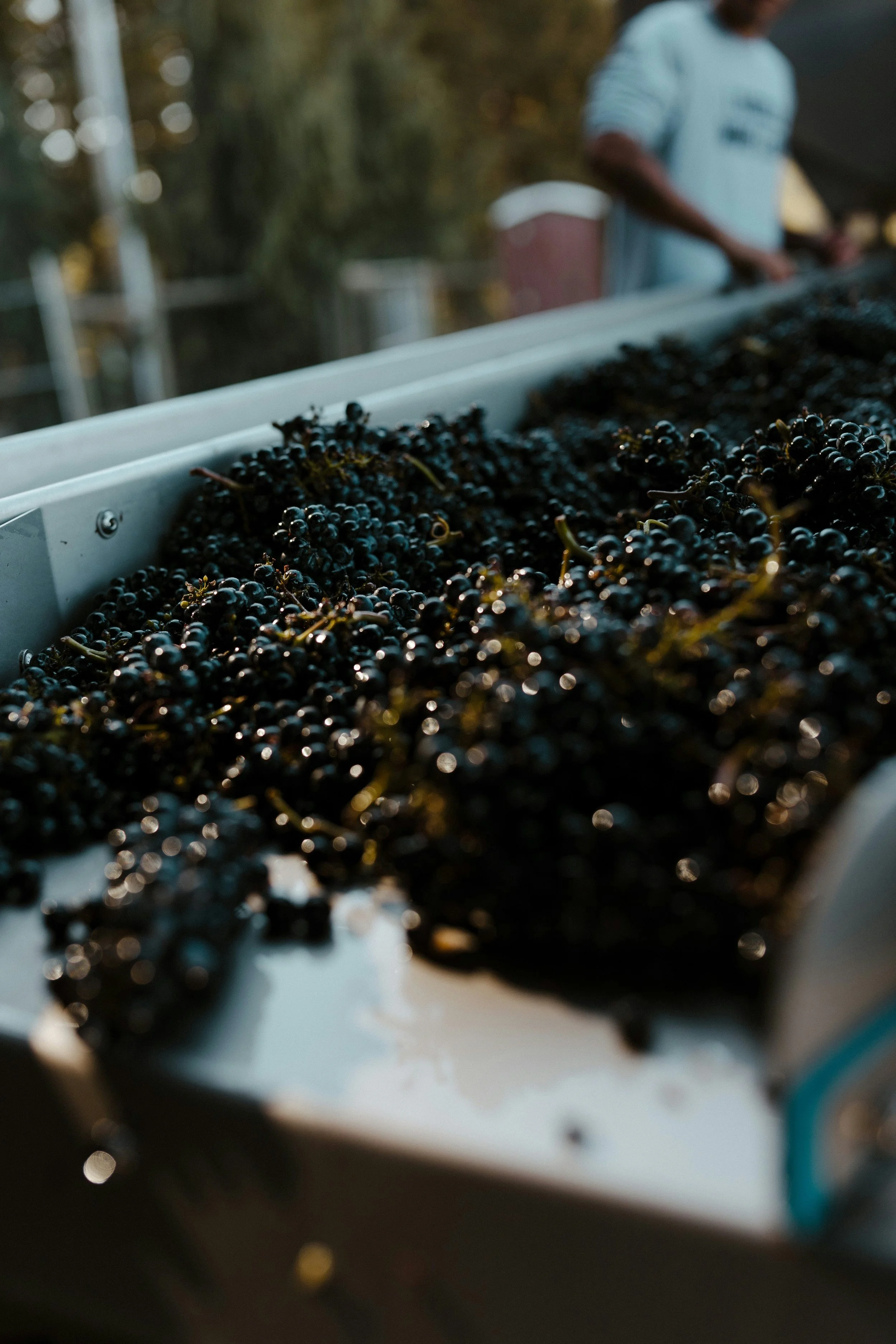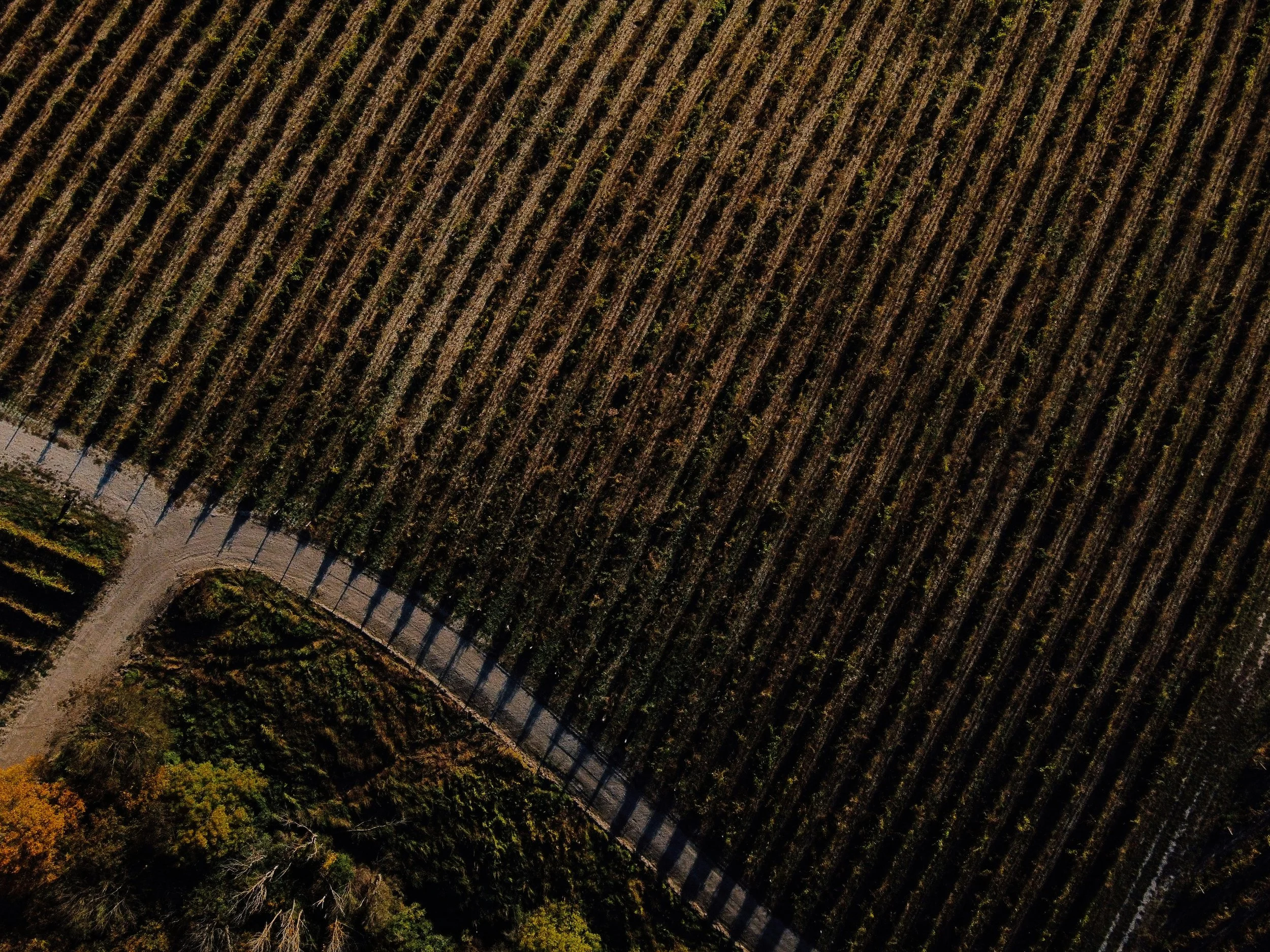Night Harvesting in Alentejo: A Cool Solution to Hot Challenges
Alentejo, a stunning region in southern Portugal, is renowned not only for its sprawling plains, cork trees, and quaint whitewashed villages but also for producing some of Portugal’s finest wines. This region is celebrated for its robust reds and elegant whites, gaining a global reputation for their quality. However, there is a fascinating practice unique to Alentejo, especially during the harvest season, that has become vital to preserving the region's winemaking heritage: night harvesting.
The 2024 harvest season in Alentejo is in full swing, and while the excitement of bringing in the year's crop is palpable, the way this process is undertaken here differs from many other wine regions across the globe. Instead of bustling vineyards filled with workers during the day, in Alentejo, the vineyards come alive under the moonlight. The tradition of night harvesting has become a necessity in this sun-soaked region, and there are two critical reasons behind it: protecting both the workers and the grapes from the harsh daytime conditions.
The Reason Behind Night Harvesting
Alentejo is one of Portugal's warmest wine regions, with average summer temperatures often soaring well above 35°C (95°F). In the heart of August and September, when the grapes reach their peak ripeness and are ready for harvest, these temperatures can become extreme, even surpassing 40°C (104°F). This intense heat poses several challenges, both for the workers labouring in the fields and for the delicate grapes hanging from the vines.
Harvesting grapes is physically demanding work, and in Alentejo, where the sun is relentless during the day, daytime harvesting could become unbearable. By moving the harvest to the cooler hours of the night, winemakers ensure that their workers are safe from heat exhaustion and sunstroke, conditions that could be detrimental if the harvest was conducted during the day. Nighttime temperatures in Alentejo can dip to a more manageable 15-20°C (59-68°F), providing a much more comfortable and safer environment for vineyard workers. This shift allows the workers to focus on their task, ensuring that the harvest is carried out meticulously without the added burden of oppressive heat.
Perhaps even more importantly, night harvesting is crucial for the preservation of the grapes themselves. During the day, when temperatures soar, the grapes can become overly warm. If they are harvested under these conditions and transported to the winery (adega), there is a risk that the grapes could start fermenting prematurely during transit. This early fermentation could compromise the quality of the wine, as it is difficult for winemakers to control the fermentation process once it begins. Night harvesting, on the other hand, allows the grapes to be picked while they are cool and fresh. This delay in fermentation is critical because it allows the winemakers to maintain control over the entire process once the grapes are brought to the adega. The result is a higher quality wine, with more precise flavours, better structure, and balance.
The Process
Night harvesting is a delicate and logistical feat, requiring careful planning and coordination. Under the cover of darkness, vineyard workers set out with headlamps or portable lights to illuminate the vines. The process often begins late in the evening and can stretch into the early hours of the morning, depending on the size of the vineyard and the amount of grapes to be picked. The grapes are harvested by hand in most of Alentejo, as this allows for greater precision in selecting only the best clusters. The cooler temperatures at night ensure that the grapes retain their acidity and freshness, characteristics that are vital for producing high-quality wine. Once the grapes are picked, they are swiftly transported to the adega, where they are processed immediately. The cool night air helps maintain the grapes' freshness during this journey. At the adega, the grapes are sorted, crushed, and prepared for fermentation under the winemaker's watchful eye.
Night harvesting in Alentejo goes beyond simply protecting workers and grapes; it also serves as a testament to the region's adaptability in the face of climate change. As global temperatures rise, wine regions across the world are grappling with new challenges. In Alentejo, where the climate has always been harsh, winemakers are finding innovative solutions to protect their vineyards and maintain the quality of their wines. Night harvesting contributes to energy efficiency. During the day, wineries often need to expend significant energy cooling the grapes down before fermentation can begin. Harvesting at night reduces the need for this extra cooling, as the grapes are already at a lower temperature when they arrive at the winery. This not only helps winemakers save on energy costs but also has a positive environmental impact, contributing to more sustainable wine production practices.
The Alentejo Night Harvest Experience
For those fortunate enough to visit Alentejo during the harvest season, the experience of witnessing or even participating in a night harvest is something truly special. The cool, still air of the Alentejo night is punctuated only by the rustle of grapevines and the quiet chatter of workers as they go about their work. The stars overhead create a magical backdrop as clusters of grapes are carefully cut from the vines. Some wineries in Alentejo even offer visitors the chance to take part in the harvest, providing a unique hands-on experience that goes beyond the usual wine tasting tours. It's an opportunity to connect deeply with the winemaking process, understand the labour and love that goes into each bottle, and gain a newfound appreciation for the wines of this region.
As the effects of climate change continue to impact wine regions across the globe, the practice of night harvesting may become more widespread, even beyond Alentejo. Winemakers are continuously searching for ways to adapt to shifting climates while maintaining the quality of their wines. In Alentejo, night harvesting has proven to be an effective solution, showcasing the region's resilience and innovative spirit. The Alentejo region, with its extreme temperatures and deep winemaking traditions, stands as a beacon of how adaptation can lead to continued excellence. Night harvesting is a response to the realities of working in Alentejo’s climate. It is a practice that encapsulates both the region’s pragmatic approach to viticulture and its ability to innovate while preserving the integrity of its wines. For winemakers in Alentejo, protecting both the people and the fruit is key, and harvesting at night provides the perfect solution to the unique challenges this beautiful region faces.


